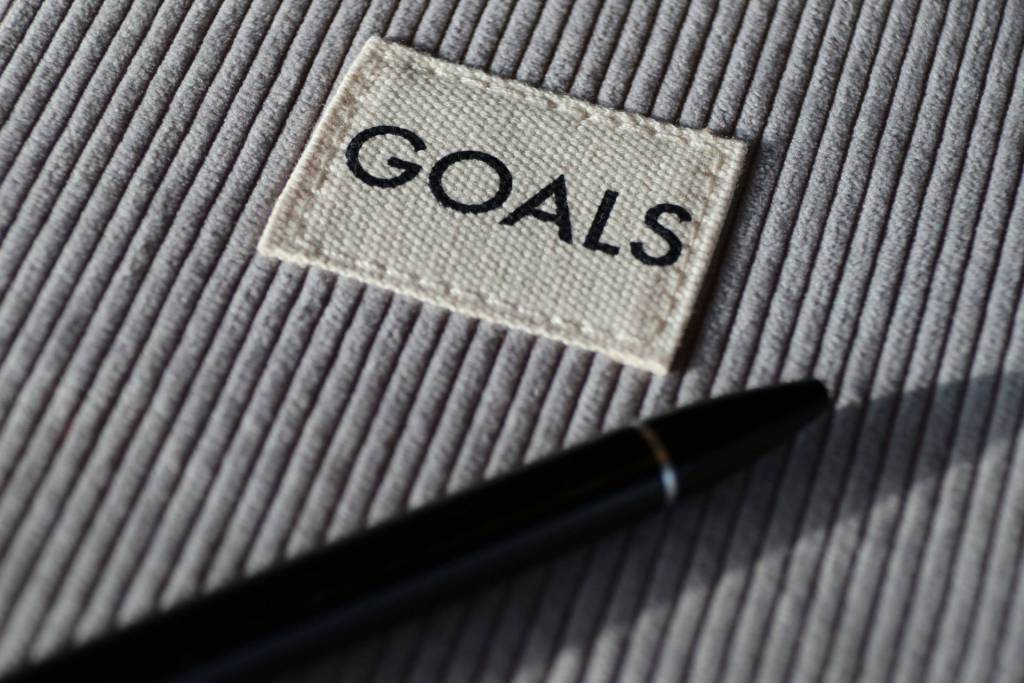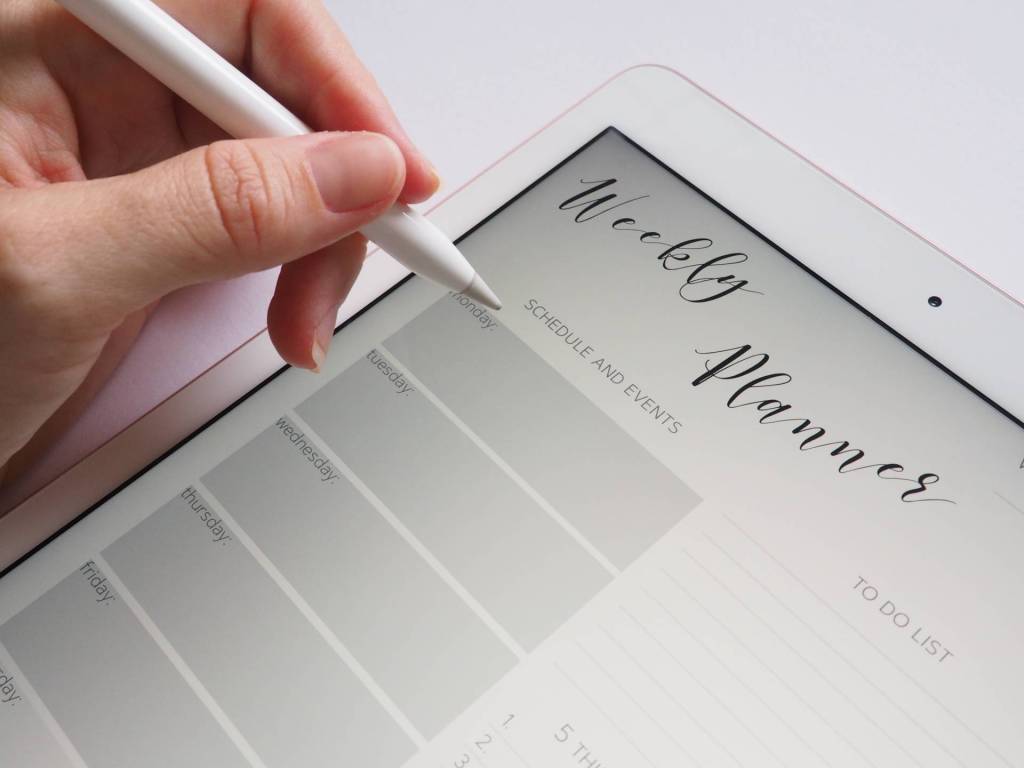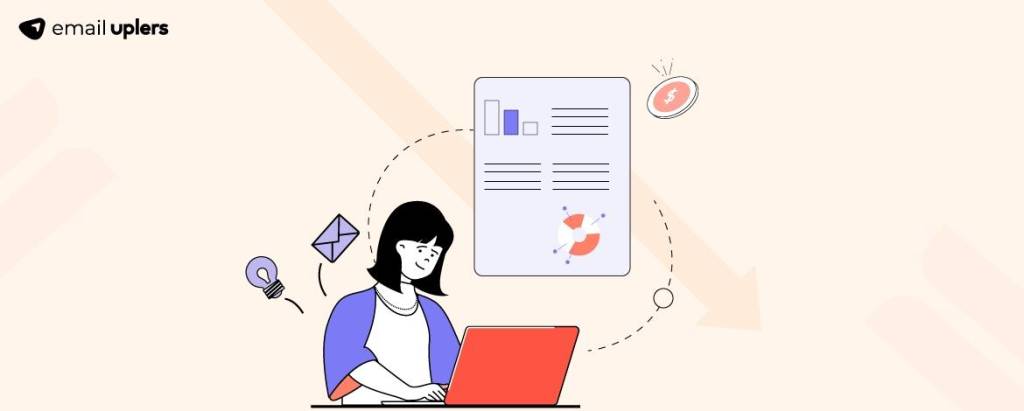Because I teach Pitching the Perfect Presentation at UCLA Ext., I’m always asked for tips and techniques about public speaking, which apparently more people fear than they fear death.
I have an effective approach to tamping down your nerves and rising to meet your audience’s desire to be educated and entertained. I stole this trick from the method we use to prepare guests and hosts for interviews on television and radio.
The stolen trick
The trick? Prepare a question guide for yourself. Imagine you’re interviewing the most interesting you.
Start this way. Simply write down the top 5 to 10 questions that are likely to open up a discussion about the most important issues surrounding your topic. Then, to put it into a presentation format: simply answer each questions with facts, examples, success stories, analogies, statistics, testimonials and even dramatic quotations from sages you feel support your desired course of action.
For example: a question might be: Why Take Action Now?
Your answer might be: “As the famous game designer Bill Budge says: ‘After two weeks of working on a project, you know whether it will work or not.’”
Then, in your presentation you would go on about the proposed schedule and other details that support your point of view on the issue.
Why a question guide?
A guide is a framework I provide for broadcast hosts who are going to interview the authors and experts I publish or promote at Pegasus Media World. I also send along a biography, which the host can use to introduce the guest. I include exactly the right mix of information to stir up some excitement about the topic and give credibility to the author. Plus, hosts also get the question guide.
The biography and guide are designed to help structure a broadcast interview so it’s informative and entertaining. This accomplishes our goals of the book or expert by engaging the audience (who might just be listening and not able to call in with their own questions). And, it helps the host come up to speed in-the-moment if they haven’t had a chance to read the guest’s book.
Your typical audience in business – and even in job interviews – need to be inspired to commit to listening to you and often isn’t prepared for your presentation. That’s why you can treat your audience the way I treat interviewers. Remember, I call whomever is listening to you “your audience,” whether it’s one person or thousands.
For broadcast interviews I typically provide the questions without including the answers so the conversation feels lively and unrehearsed. Occasionally, I’ll include a brief note so that the host will be prepared for the conversation that’s sparked by each question. You can use your question guide as a meeting map, which is what I call an agenda.
For your presentation, you might not want to write out your answers even for yourself. Instead, under each question just jot down some bullet points to prompt yourself. Then, you can appear lively and fresh, rather than rehearsed and stale.
Start your preparation by asking yourself (or those who might be participating in your meeting) these two questions.
- “What about me and my background will give me credibility on this topic and inspire the audience to give me their attention?”
- “What are the burning questions about my topic that the audience will want me to answer?”












